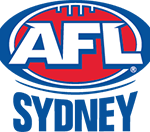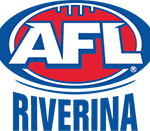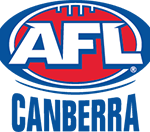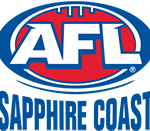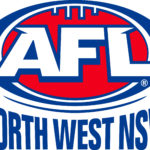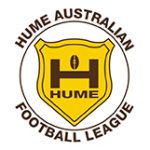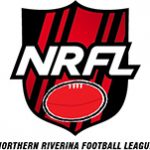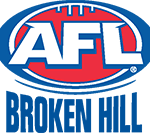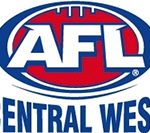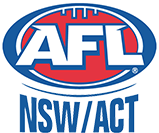Player of the Week: Tom Hawkins

Tom Hawkins always seemed destined to be a Cat.
The son of Geelong champion ‘Jumping Jack’, Hawkins has the blue and white in his veins and can trace a Geelong heritage back three generations and nearly 100 years.
But though his links to the southern state were strong, Hawkins, from the tiny town of Finley in southern NSW, is a proud New South Welshman.
“Oh for sure,” was the response when Hawkins was asked if he considered himself from NSW.
“I grew up in NSW,” Hawkins said.
“I spent all my time [there] pretty much, up until 14, and then I went away to school.
“I still call home Finley so it’s a great place to grow up.
I’ve still got a lot of family and friends back there so it’s nice to get home.”
In the town of just over 2000 people, Hawkins attended Finley High School and played for the Finley Football Club before making the move to Victoria to board at Melbourne Grammar School at the age of 15.
He was a highly decorated youngster and went on to captain his school team alongside Hawthorn draftee Xavier Ellis. Hawkins impressed in limited appearances with TAC Cup side the Sandringham Dragons and was awarded an AIS/AFL Academy Scholarship.
He represented Australia in the Under-18s International Rules Series, was selected for Vic Metro in the 2006 Under-18s National Championships and was awarded the Larke Medal as the most valuable player in Division 1 where he was named as the tournament’s All-Australian full-forward.
Hawkins was touted as a high first-round draft pick but his father’s 182-games for Geelong meant he was signed to the club under the father-son rule and was officially selected with pick 41 in 2006.
Like most young players, Hawkins struggled with consistency early in his career. Although obviously talented, Hawkins was much maligned by commentators and fans alike when he couldn’t make an impact on a regular basis.
Some modest performances were teamed with patches of brilliance and a 2009 Premiership medallion; but it was in the 2011 Grand Final against Collingwood that the 24-year-old really came of age.
With James Podsiadly injured and Geelong desperate for a spark, Hawkins booted three critical goals in the third term to help sweep the Cats to the Premiership.
2012 was a break-out year for Hawkins who rapidly became one of the most damaging forwards in the competition.
He kicked 62 goals to finish equal second in the Coleman Medal and won Geelong’s Best and Fairest and All-Australian honours.
“History has shown that big guys take a longer time than midfielders to come into the game,” Hawkins said.
“It’s a big step up from playing Under-18s or school footy.
“You come into the system and play on bigger and stronger guys. It takes longer to develop different tricks to your game.”
While south of the border, Hawkins has taken notice of the development of AFL in his home state.
“The AFL have done an outstanding job in NSW in promoting the game,” Hawkins said.
“I’m closer to Melbourne so the Riverina is a strong football area so there’s not too much Rugby League around, or Union for that matter, so football was the main sport there.
“[But] there are a lot of talented kids in the area that seem to be going further with their football, more development squads, more education on being an AFL footballer and what it takes to get there.
“I think it is easier now but it’s not for a lot of hard work from AFL NSW and of course the AFL, so they’ve done a super job.”
With Geelong making an unbeaten start to the 2013 season, and Hawkins playing a starring role in Geelong’s win over the Swans last Friday night, the 105-game Cat looks to be picking up where he left off after last year’s brilliant form.
”It’s taken me a little longer than what I would have liked or the coaching staff would have liked but that’s just me as an individual,” Hawkins said.
”I don’t think you can ever really get to a point in your career where I can take the foot off the pedal and think I’m just about there.”
